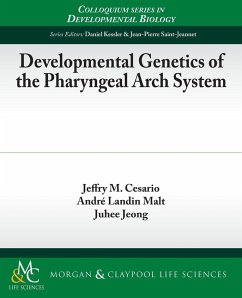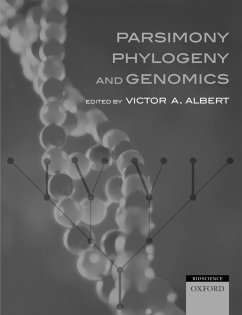
Asymmetry, Developmental Stability, and Evolution
Versandkostenfrei!
Versandfertig in 1-2 Wochen
68,99 €
inkl. MwSt.

PAYBACK Punkte
34 °P sammeln!
Why does nature love symmetry? In Asymmetry, Developmental Stability and Evolution, Moller and Swaddle analyse the evolutionary implications of symmetry. They advance and explain their theory that symmetry is related to genetic stability and fitness, and that symmetric individuals appear to have quantifiable and significant advantages over their asymmetric counterparts. When assessing potential mates or competitors, animals may be able to use symmetry as an honest indication of quality. This interdisciplinary book, with its associated Web-site, will be of interest to students and researchers in the fields of ecology, evolutionary biology, genetics, and animal behaviour.
Why does nature love symmetry? In this up-to-date review of symmetry and its evolutionary implications, Anders Moller and John Swaddle argue that symmetry is related to genetic stability and fitness and that symmetric individuals appear to have quantifiable and significant advantages over their asymmetric counterparts. In contrast, asymmetry, a common measure of developmental instability, is the result of environmental or genetic disruptions of developmental processes, such as pollutants, competition, parasitism, inbreeding, genetic mutation, and hybridization. Moller and Swaddle maintain that deviations from morphological symmetry are important factors in social or sexual situations: animals may be able to use symmetry as an honest indication of quality when assessing potential mates or competitors. This comprehensive review of the literature on developmental stability will be important reading for students and researchers in the fields of ecology, evolutionary biology, genetics, and animal behavior.














